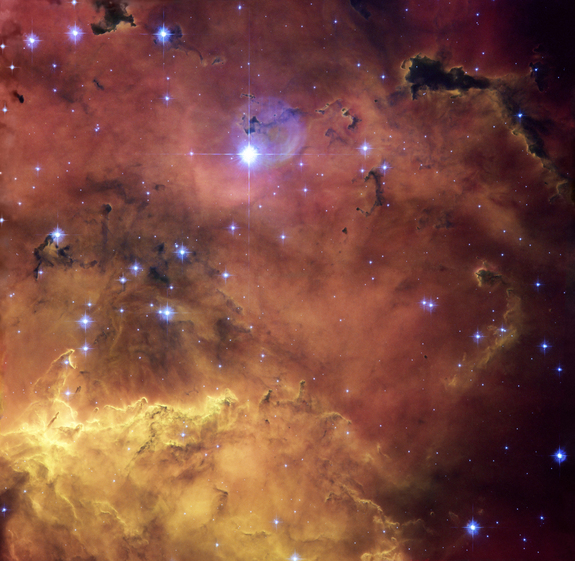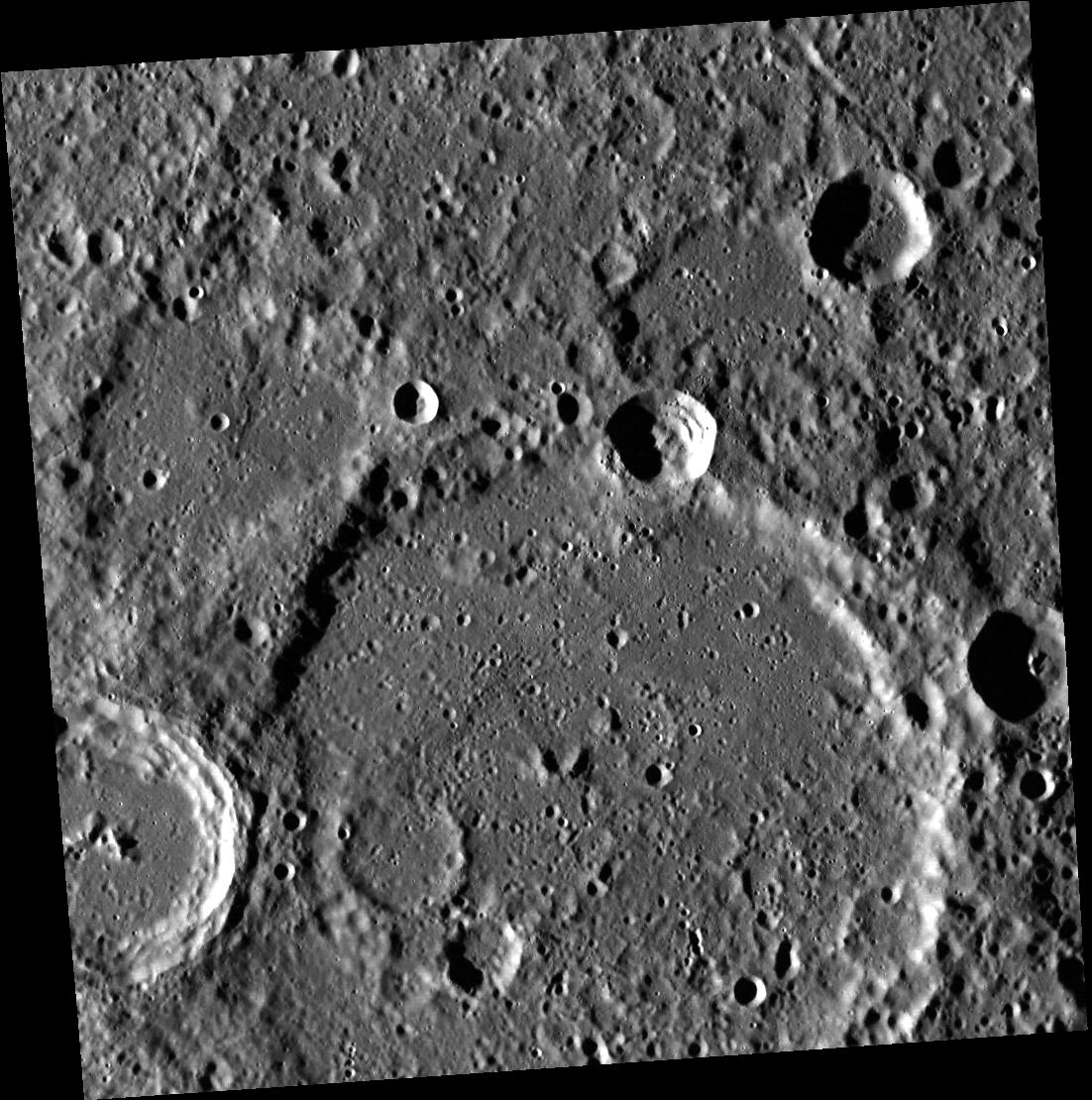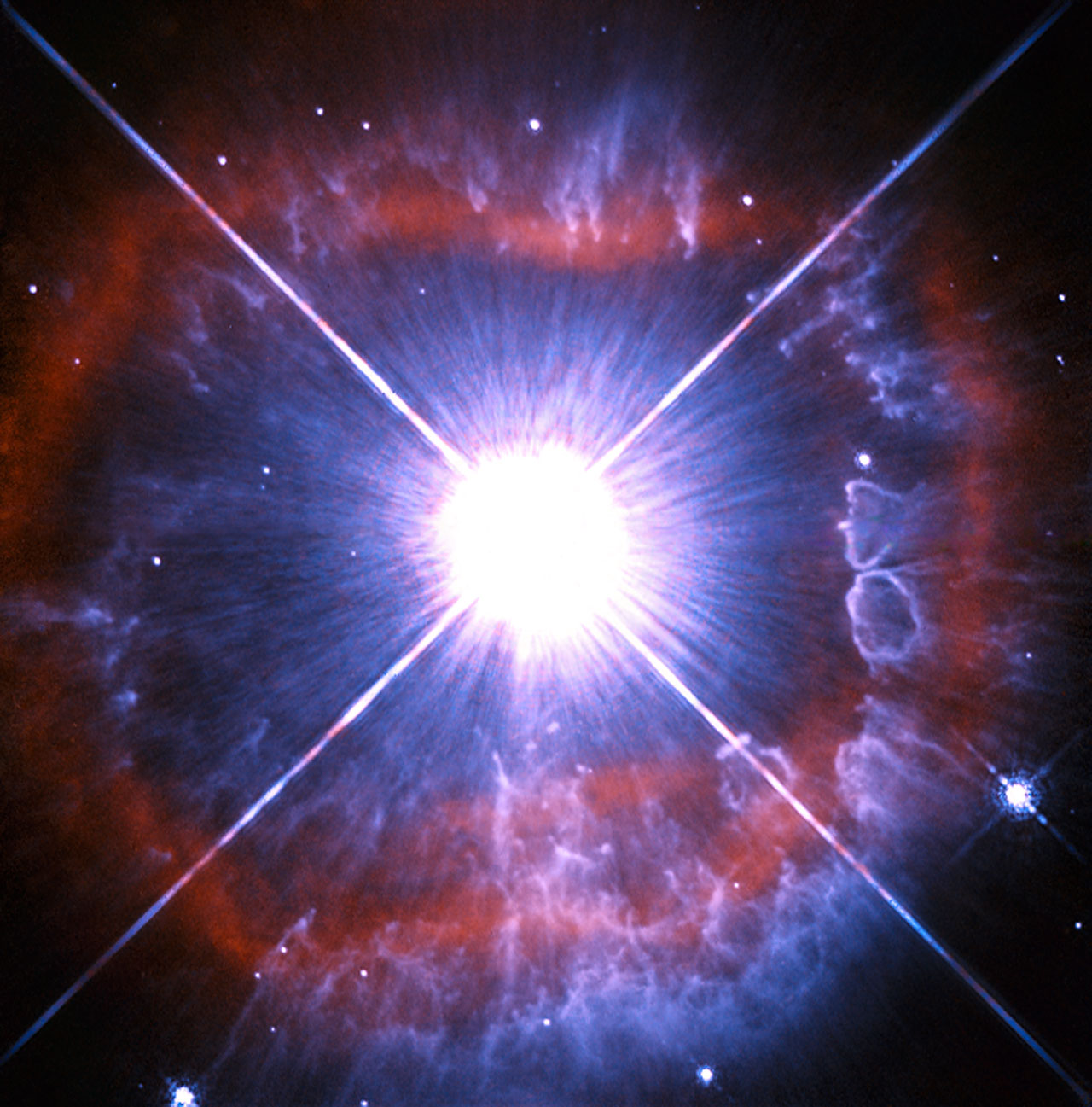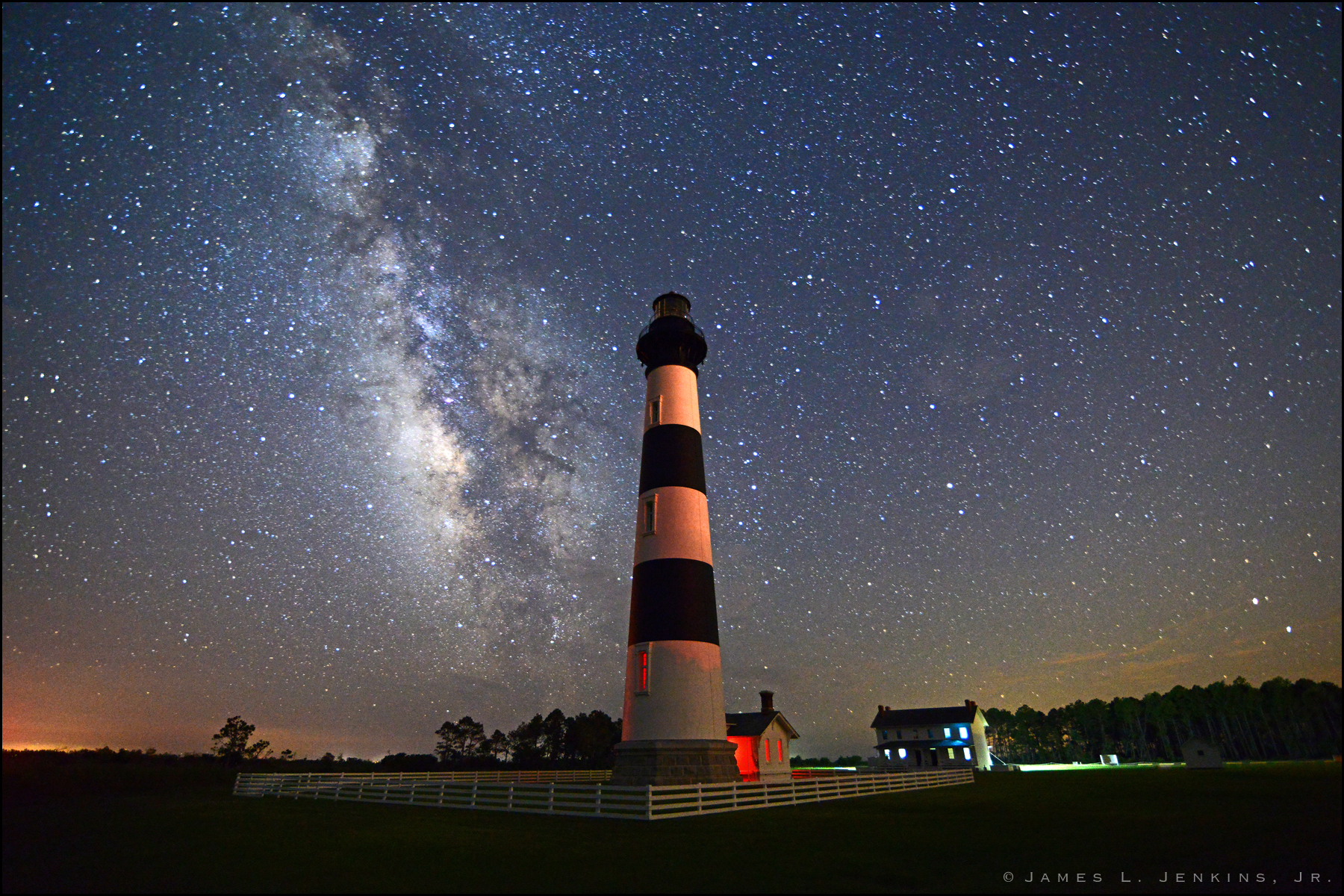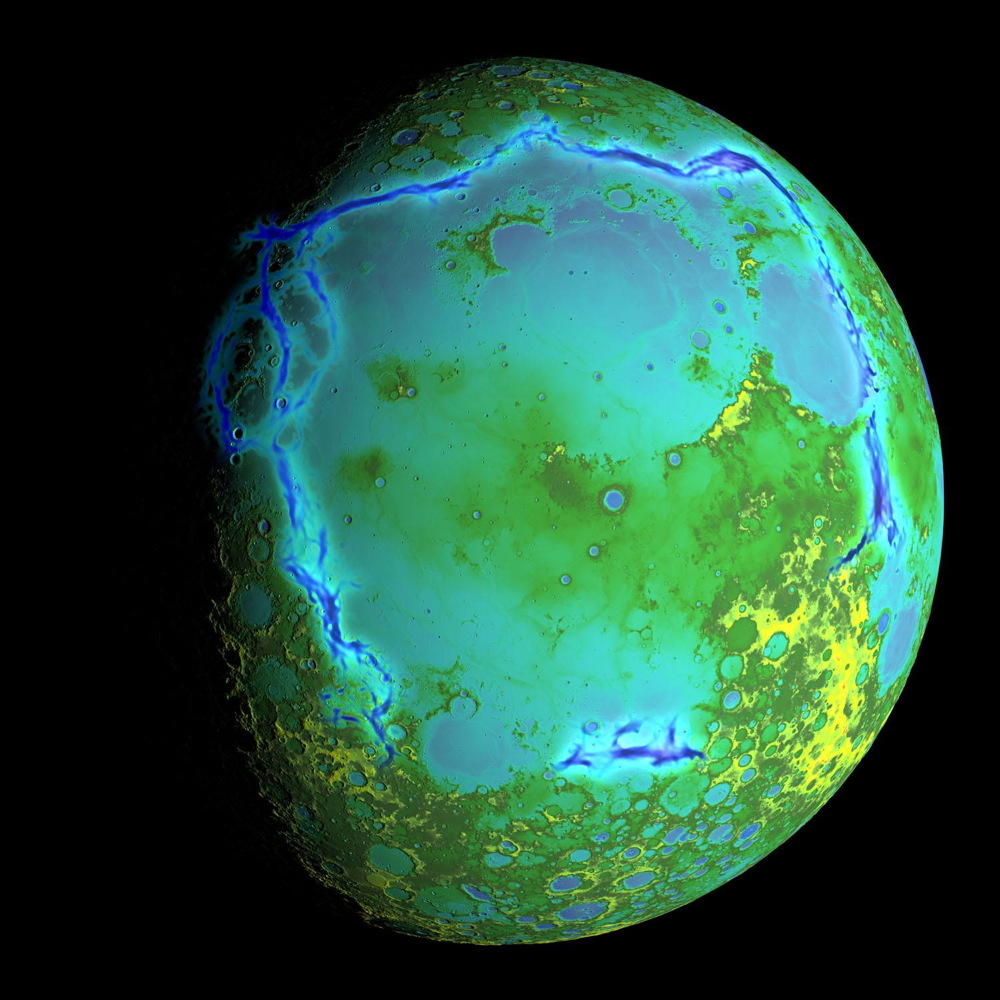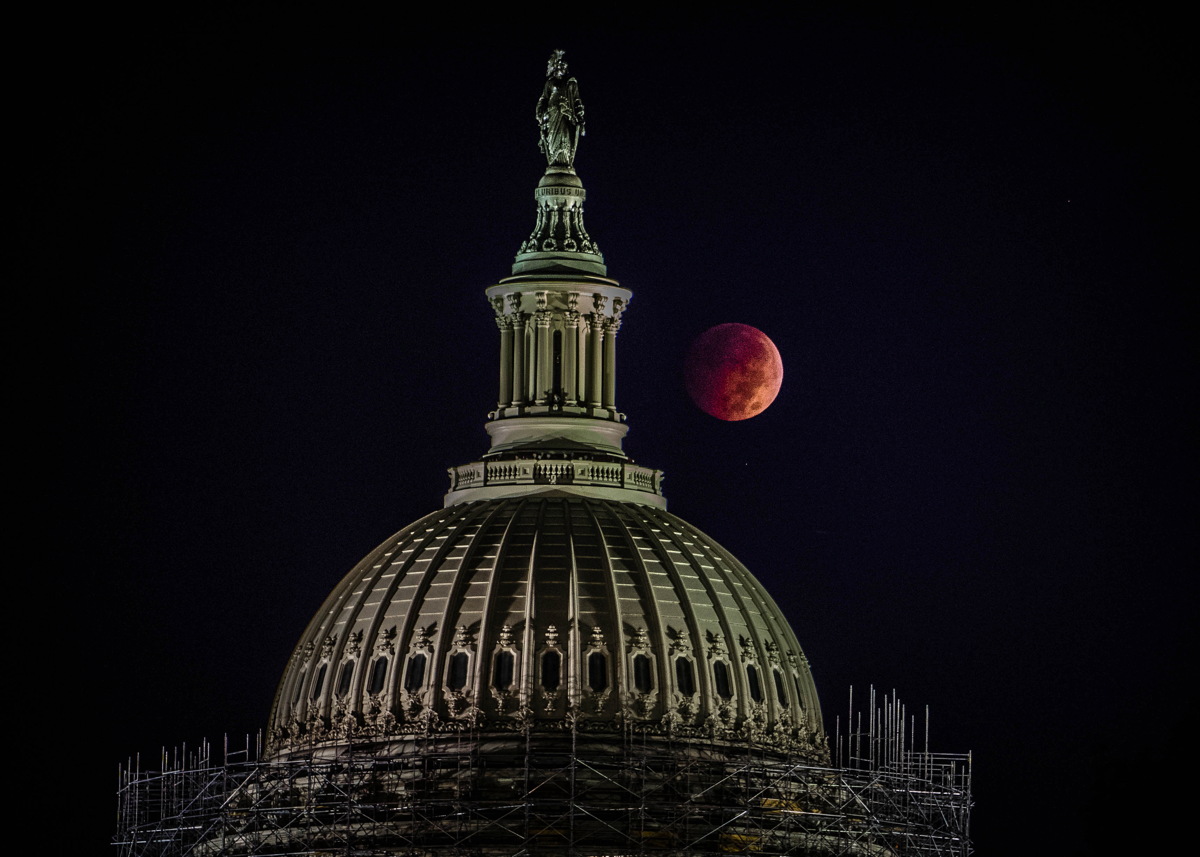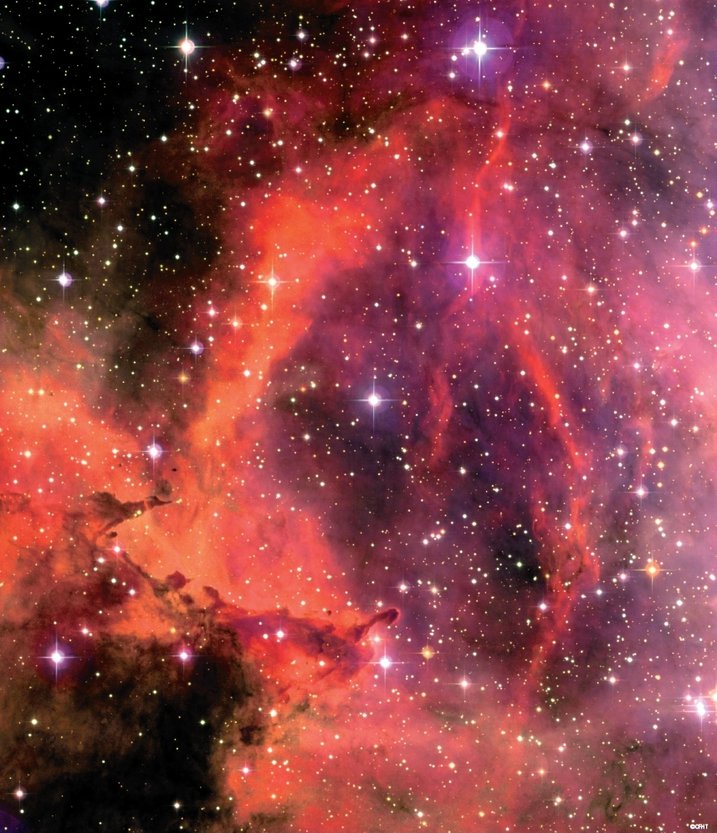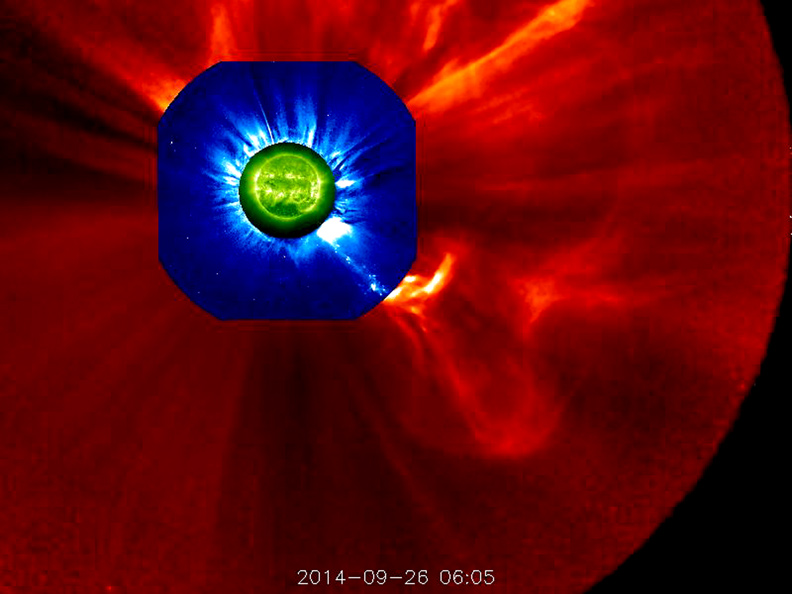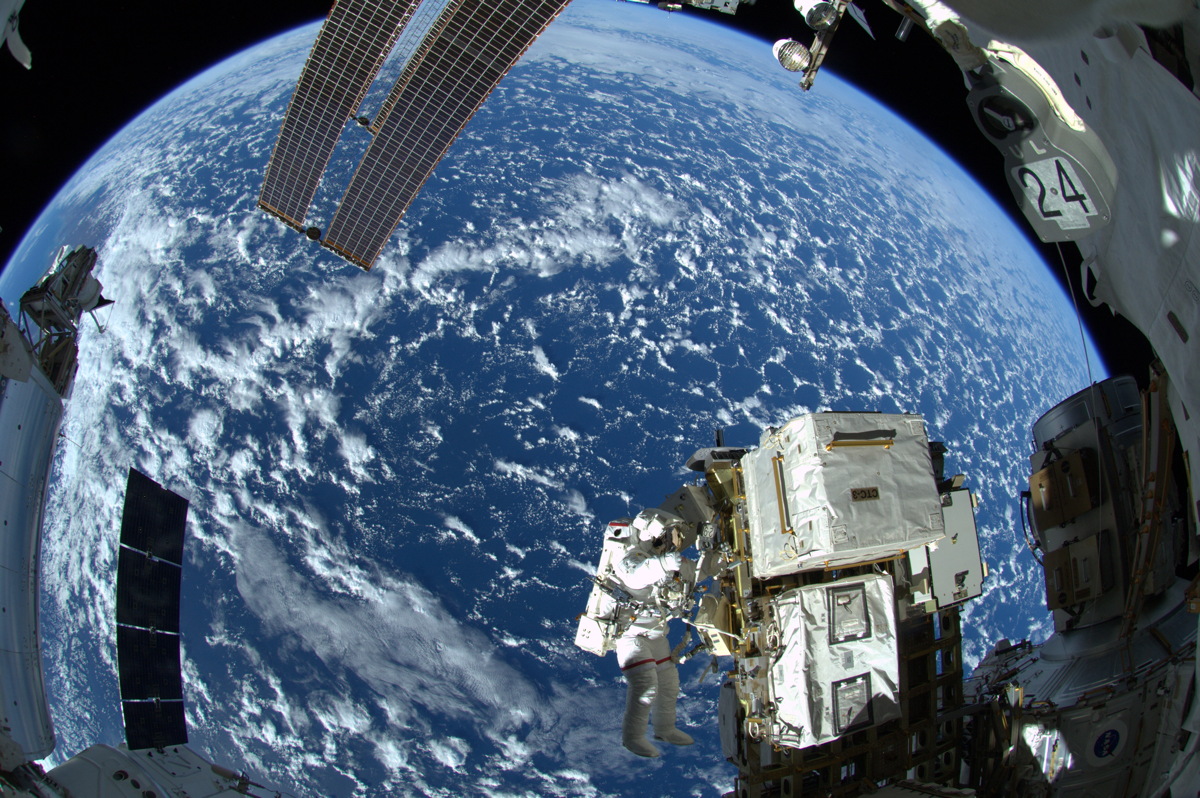Space Image of the Day Gallery (October 2014)
Image of the Day Archives
For older Image of the Day pictures, please visit the Image of the Day archives. Pictured: NGC 2467.
Quiet Night Thought
Wednesday, Oct. 1, 2014: Large, degraded crater Li Po on Mercury appears in the lower half of this image obtained by MESSENGER spacecraft on October 29, 2011. Li Po (701-762), a Chinese poet of the Tang Dynasty, was known for poems about friendship, nature, and wine. One of his best-known poems is called, "A Quiet Night Thought." Image released Sept. 29, 2014.
— Tom Chao
Shining Star for You to See
Thursday, Oct. 2, 2014: Star AG Carinae (HD 94910) shines in this new image by Hubble Space Telescope. The star lies 20,000 light-years away, a member of the Milky Way, lying in the constellation of Carina in the southern sky. Researchers consider AG Carinae a Luminous Blue Variable, a massive evolved star that will one day become a Wolf-Rayet Star, tens of thousands to several million times as luminous as our sun. Stars similar to AG Carinae lose mass at an extremely rapid rate, blowing off mass in powerful stellar winds that blast up to 4.3 million miles/hour (7 million km/hour). HD 94910 cannot be seen with the naked eye as much of its output is in the ultraviolet.
— Tom Chao
We're Shooting Up Flares
Friday, Oct. 3, 2014: NASA's Solar Dynamics Observatory caught this image of a mid-level solar flare, M5.1 class, erupting from the sun on Sept. 27, 2014. Solar flares arise when the sun emits powerful bursts of radiation. Radiation from a flare cannot pass through Earth's atmosphere to harm humans on the ground. However intense flares can disturb the atmosphere in the layer where GPS and communications signals travel, disrupting telecommunications systems.
— Tom Chao
Little Lighthouse
Monday, Oct. 6, 2014: Astrophotographer James L. Jenkins Jr. sent in a photo of the Milky Way over Bodie Light on North Carolina's Hatteras National Seashore. He writes: “This image of Bodie Light is from a single frame taken on July 17, 2014, during a rare break in summertime haze and humidity. The lighthouse was not lit that evening and the moon was below the horizon granting me unlimited exposure time to capture the dark sky's natural light. This photograph is a single exposure .... Light balance was minimally enhanced using Photoshop Elements.”
— Tom Chao
The Way That Gravity Pulls on You and Me
Tuesday, Oct. 7, 2014: The Lunar Orbiter Laser Altimeter, aboard NASA's Lunar Reconnaissance Orbiter, collected data to produce this image showing the topography of Earth’s moon. Gravity anomalies bordering the Procellarum region appear superimposed in blue. The image depicts border structures using gravity gradients calculated with information obtained by NASA's Gravity Recovery and Interior Laboratory (GRAIL) mission. Researchers interpret these gravity anomalies as ancient lava-flooded rift zones buried beneath the volcanic plains (or maria) on the nearside of the moon. Image released October 1, 2014.
— Tom Chao
Lunar Eclipse and Capitol Dome
Wednesday, Oct. 8, 2014: Astrophotographer Caroline Angelo sent in a photo of the Oct. 8, 2014, lunar eclipse as seen from the east side of the U.S. Capitol in Washington, DC.
— Tom Chao
Breaking space news, the latest updates on rocket launches, skywatching events and more!
I’m on the Edge of Glory
Thursday, Oct. 9, 2014: Spiral galaxy NGC 4206 lies roughly 70 million light-years away from Earth in the constellation of Virgo. This new Hubble Space Telescope shows the galaxy as it appears to us, edge-on. Streaks of dust partly obscure the central bulge. On the edges of the galaxy, scattered bluish clumps indicate areas where stars form. The bulge consists mainly of older, redder stars, and very little star formation takes place there. Researchers imaged NGC 4206 as part of a Hubble snapshot survey of nearby edge-on spiral galaxies to explore the effect that the material between the stars, the interstellar medium, has on light travelling through. Image released Oct. 6, 2014.
— Tom Chao
Mighty Like a Rosette Nebula
Friday, Oct. 10, 2014: The central part of the Rosette Nebula (NGC 2239) appears in this large-scale view obtained by the Canada-France-Hawaii Telescope located atop the summit of Mauna Kea on the island of Hawaii. The nebula consists of a cloud of glowing gas heated by stars which formed only a few million years ago in the collapse of a giant molecular cloud. The hot, newly born stars in this center ionize the ambient hydrogen gas, causing it to emit red light, an indicator of star formation in galaxies.
— Tom Chao
Livin' Large
Monday, Oct. 13, 2014: STEREO (Behind) spacecraft obtained this image of a large prominence and coronal mass ejection as they erupted into space from the sun (Sept. 26, 2014). Scientists combined images from three instruments in order to see the eruption itself (in extreme UV light), as well as following its development over a period of about 13 hours with two coronagraphs.
— Tom Chao
Big Blue Ball
Tuesday, Oct. 14, 2014: NASA astronaut Reid Wiseman (bottom) performed the first of three spacewalks for the Expedition 41 crew aboard the International Space Station on Oct. 7, 2014. European Space Agency astronaut Alexander Gerst (not pictured) also took part in the spacewalk. The spacewalkers toiled outside the space station's Quest airlock, relocating a failed cooling pump to external stowage. They also installed gear that provides back-up power to external robotics equipment. The spacewalk lasted 6 hours, 13 minutes.
— Tom Chao
